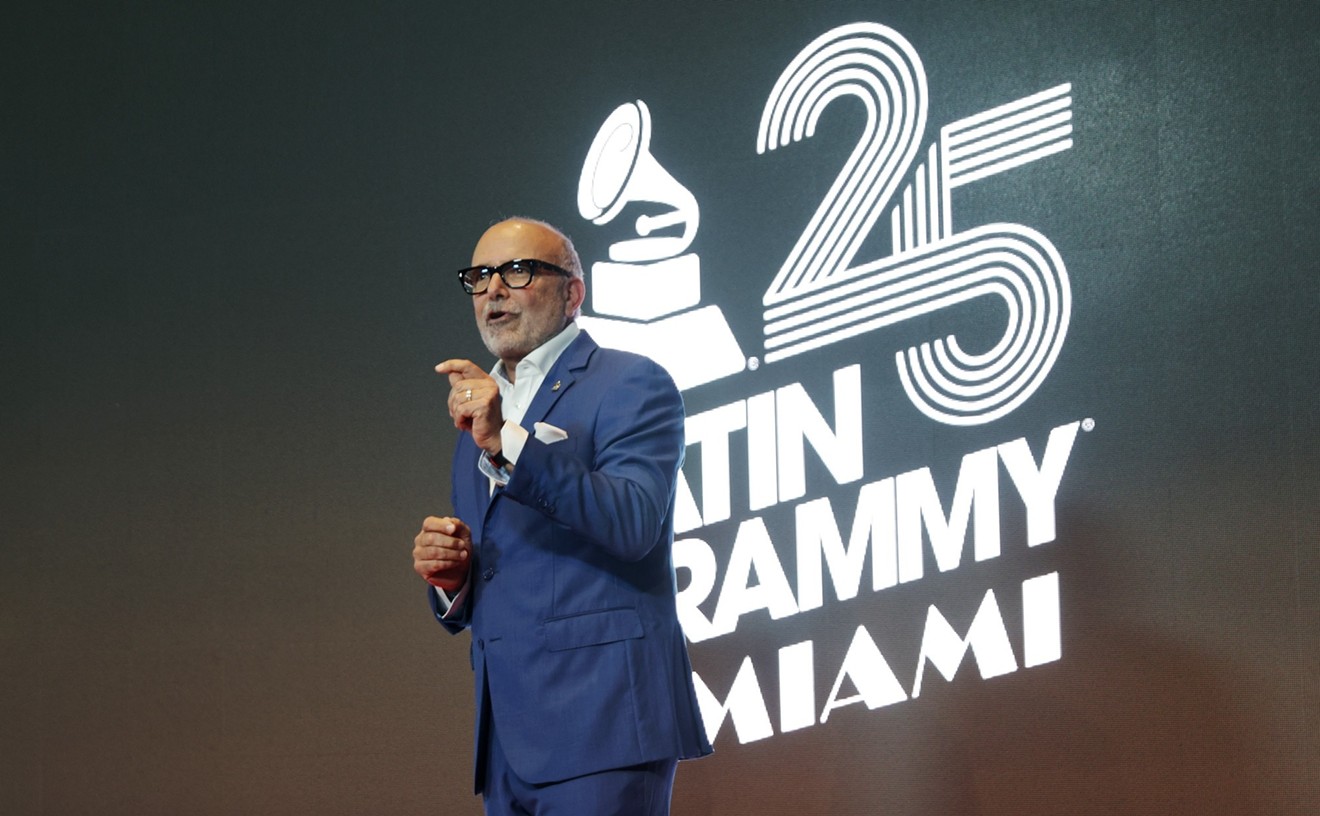Part of the renascent body-count action industry, Universal Soldier: Day of Reckoning might shock many Americans with its mere existence. "There are four Universal Soldier movies?" those shocked Americans would say. They might also be taken aback by the bracing violence that marks the film from stem to stern: the gangland-style execution of the protagonist's wife and daughter, the naked bodies rent by shotgun blasts, the hacked-off fingers and no-anesthesia lobotomies.
"It's not blood; it's red," Jean-Luc Godard riposted when asked about the alarming amount of "red" appearing in the compositions of his 1965 Pierrot le Fou. And anyone with the ability to separate fantasy from reality — that is, anyone who's not psychotic — gets that the stuff squirting across our screens is not blood but tinted Karo corn syrup and that the freshly killed will rise again as soon as someone yells, "Cut!"
If we accept the aestheticizing of violence as all in good fun, our pictures are entering a fecund action-painting Red Period, in which photorealistic CGI enables all manner of innovations in better dying — such as Rick Yune tracing Chinese characters in the air with the arterial spray of his enemies in The Man With the Iron Fists, which also features director/star RZA having his arms lopped off in loving detail. Who could witness the Boschian spring break hellscape of Alexandre Aja's 2010 Piranha 3-D or the multiple manglings of the Final Destination flicks without a measure of awe? The guiltless disposability of the walking meat bags populating movies has become an open joke, as in this year's The Cabin in the Woods or Paul W.S. Anderson's Resident Evil: Retribution, in which characters peek in on a cloning factory that manufactures humans for test-lab slaughter.
But when a movie-theater shooting in Aurora, Colorado, marked the opening night of Christopher Nolan's The Dark Knight Rises, a brief bout of self-examination was in order. In The Hollywood Reporter, Harvey Weinstein called for an industry-wide colloquium on screen violence, while Peter Bogdanovich expressed regret at having made the 1968 film Targets, about a sniper who shoots up drive-ins. It should be noted that Weinstein, whose company is distributing Quentin Tarantino's upcoming Django Unchained, began building his empire with a 1981 video-nasty called The Burning, which features a pair of hedge-trimmers performing shockingly realistic dismemberments, with analog gore effects courtesy of Tom Savini.
It would be a fallacy to claim that the likes of Universal Soldier 4 represent the entire mainstream of screen entertainment — like the horror film, the splatter-actioner has a self-selecting, connoisseur audience and is akin to slapstick in its extravagant "gags" (in both senses of the word) and cartoonish irreverence. But the same apocalyptic wantonness that marks these pictures appears in the most self-serious of blockbusters: See the offhand murder of an entire football team in The Dark Knight Rises, the freeway-long swaths of fatal chaos left in the wake of car chases, or the clichéd image of a character nonchalantly walking away from a massive explosion as if he or she has just bowled a strike, without even turning around to watch, epitomizing an increasingly cavalier attitude about destruction.
Whenever issue is made of screen violence, the inevitable rejoinder is that violence and the drama are indissolubly linked, a partnership going back to the Jacobean stage, to Sophocles. This point was made by the American director Anthony Mann, who cited Gloucester's blinding with spurs in King Lear as a precedent to his own art. Acts of violence proliferated in Mann's movies, but it was violence that made viewers feel exhausted rather than exhilarated; Mann understood hate as something like a fever working its way through the body.
For a long time, I have been haunted by a scene from Mann's 1958 Man of the West, in which a retired bad hombre played by Gary Cooper kills a middle-aged Mexican woman during a shootout. When the firing has ceased, just as Cooper is walking out of town alone, a man who is presumably the dead woman's husband discovers her body, and the fade-out from the scene is accompanied by his plaintive, "¡Mi Juanita! ¡Mi Juanita!" A dark pall lowers over Cooper's already bitter victory — a reminder that the dead woman meant the world to someone.
This awareness of cause and effect, of collateral damage and irreparable loss, is what separates drama from spectacle, Sophocles from the Colosseum. The classic action movie was an arena in which characters projected their moral force into the world through their actions and faced the often messy consequences. Now it's nearer to a literal arena, where the wreckage is quietly swept away between acts.
The cinema is, as the saying goes, a big church, with capacity for a number of vying denominations. It is not the proliferation of the bloody fools that we should regret — for allowing us to laugh at death is a vital function. The problem lies in the by-and-large failure of serious action filmmakers to act as counterbalancing tragedians, the absence of artists who, like Mann, consider the weight of each bullet. Our movies prove over and over they can be "cool" — but can they be something more?










